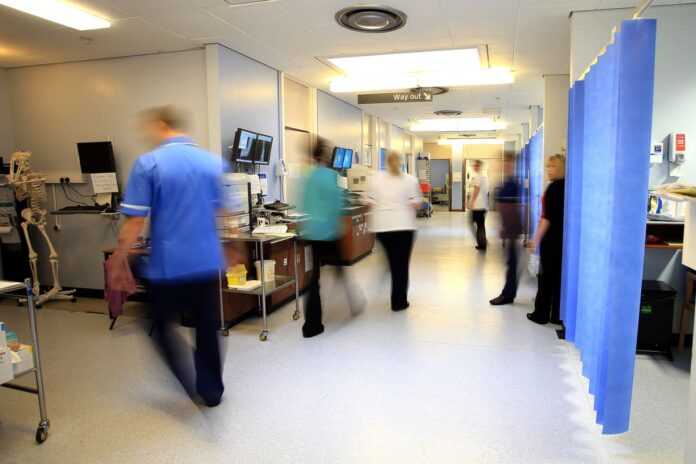One of the country’s top doctors has said he is ‘desperate’ to keep his elderly parents out of hospital.Dr Adrian Boyle, president of the Royal College of Emergency Medicine, said hospitals are like ‘lobster traps’ as they are easy to get into but hard to get out of.His comments come after figures showed the number of patients in hospital beds in England who no longer need to be there has reached a new monthly high.An average of 13,613 beds per day were occupied by people ready to be discharged from hospital in October. For someone who is frail, hospital is often a bad place for themThat was up from 13,305 in September and the highest monthly figure since comparable data began in December 2021, according to analysis by the PA news agency.Numbers have been on an upwards trend since June when the average was 11,590.In an interview with the Daily Mail, Dr Boyle said: ‘Hospitals are like lobster traps – they’re easy to get into and hard to get out of.’If social care was able to do its job in the way we want it to, these poor people wouldn’t be stranded in hospital.’I have elderly parents and I’m desperate to keep them out of hospital.’For someone who is frail, hospital is often a bad place for them. They’re being harmed by being in hospital.’The seven-day rolling average for delayed discharges from beds peaked at 13,723 in the week to October 11, but had dropped slightly to 13,557 by the end of the month.Overall, just 40% of hospital patients were discharged when they were ready in October, NHS data shows.This was unchanged from September but down from 41% in July and 43% in June.There are sharp regional differences across the country, with an average of 49% of patients in London discharged last month when they were ready, compared with 32% in the South West and 31% in the North West.The figure for south-east England and north-east England & Yorkshire was 41%, with 43% for eastern England and 44% for the Midlands.
Senior emergency medicine doctor ‘desperate’ to keep parents out of hospital
Sourceindependent.co.uk
RELATED ARTICLES


